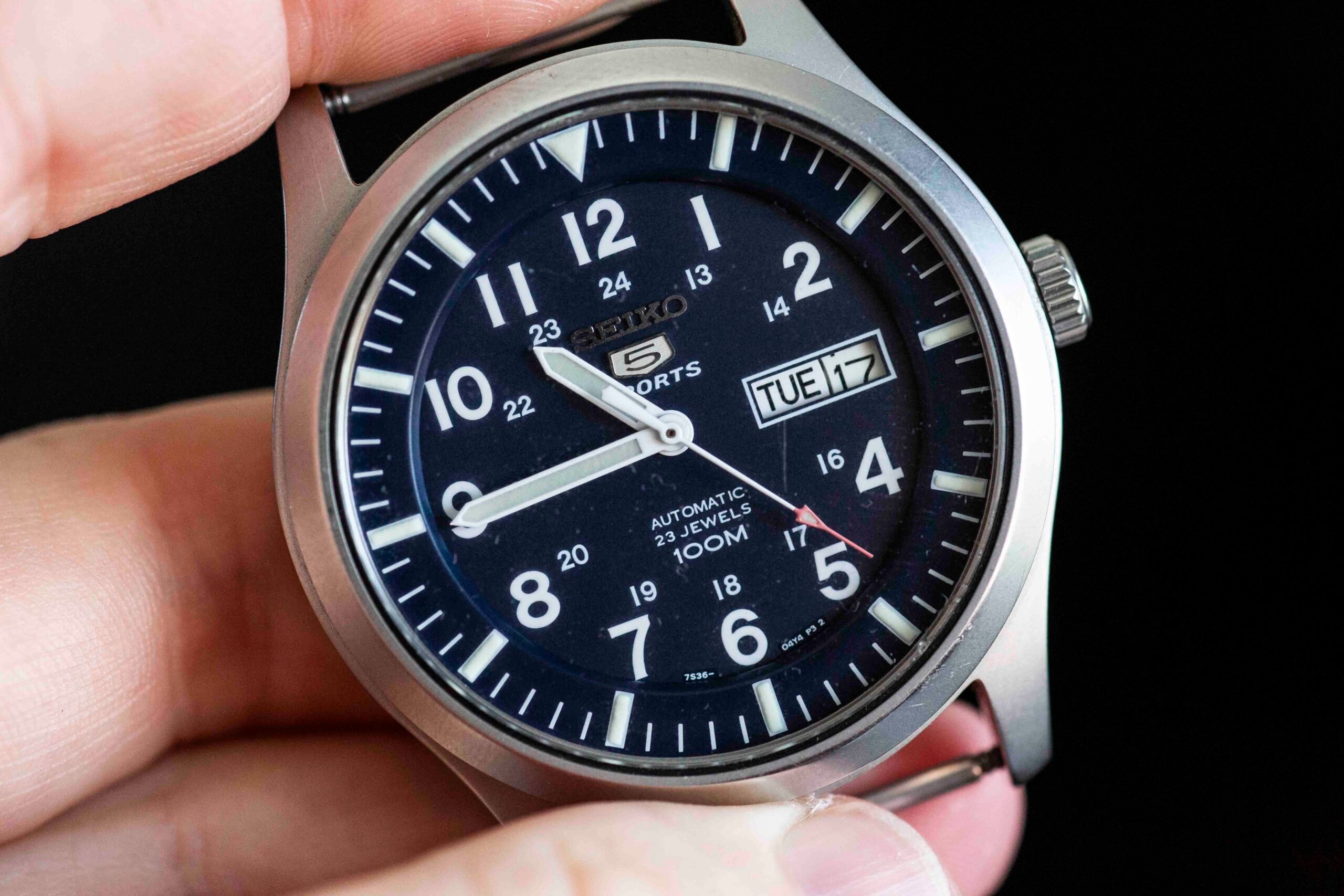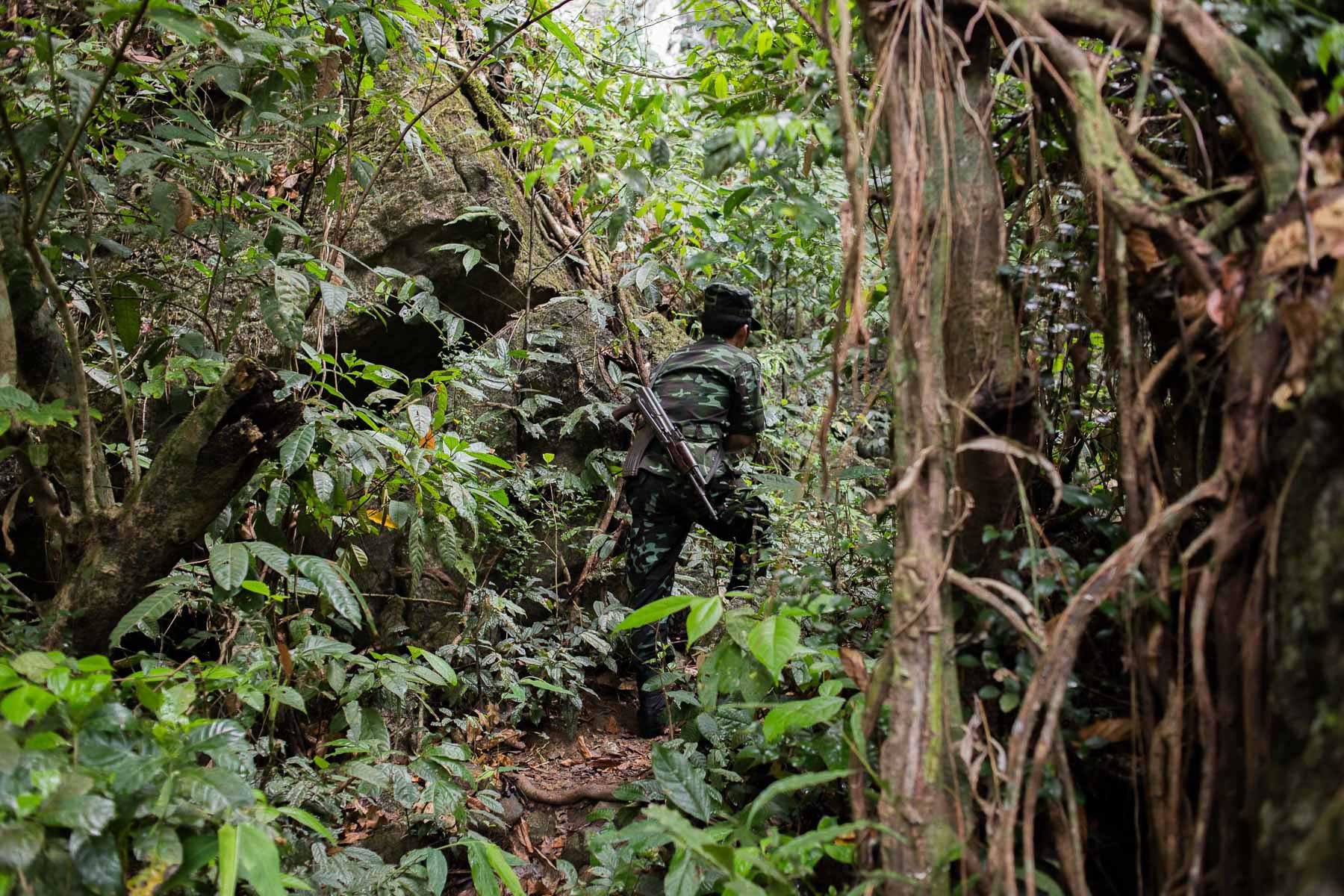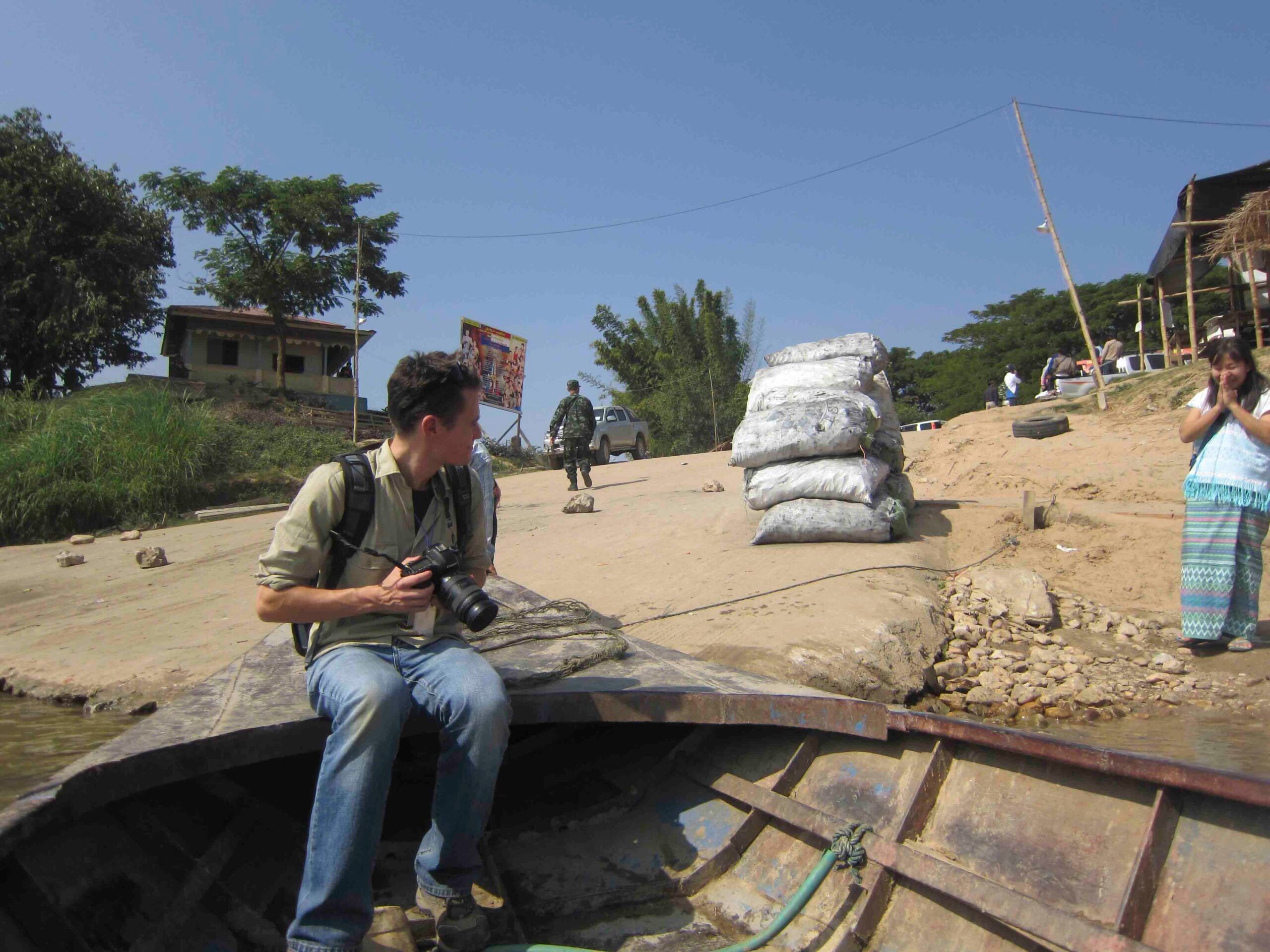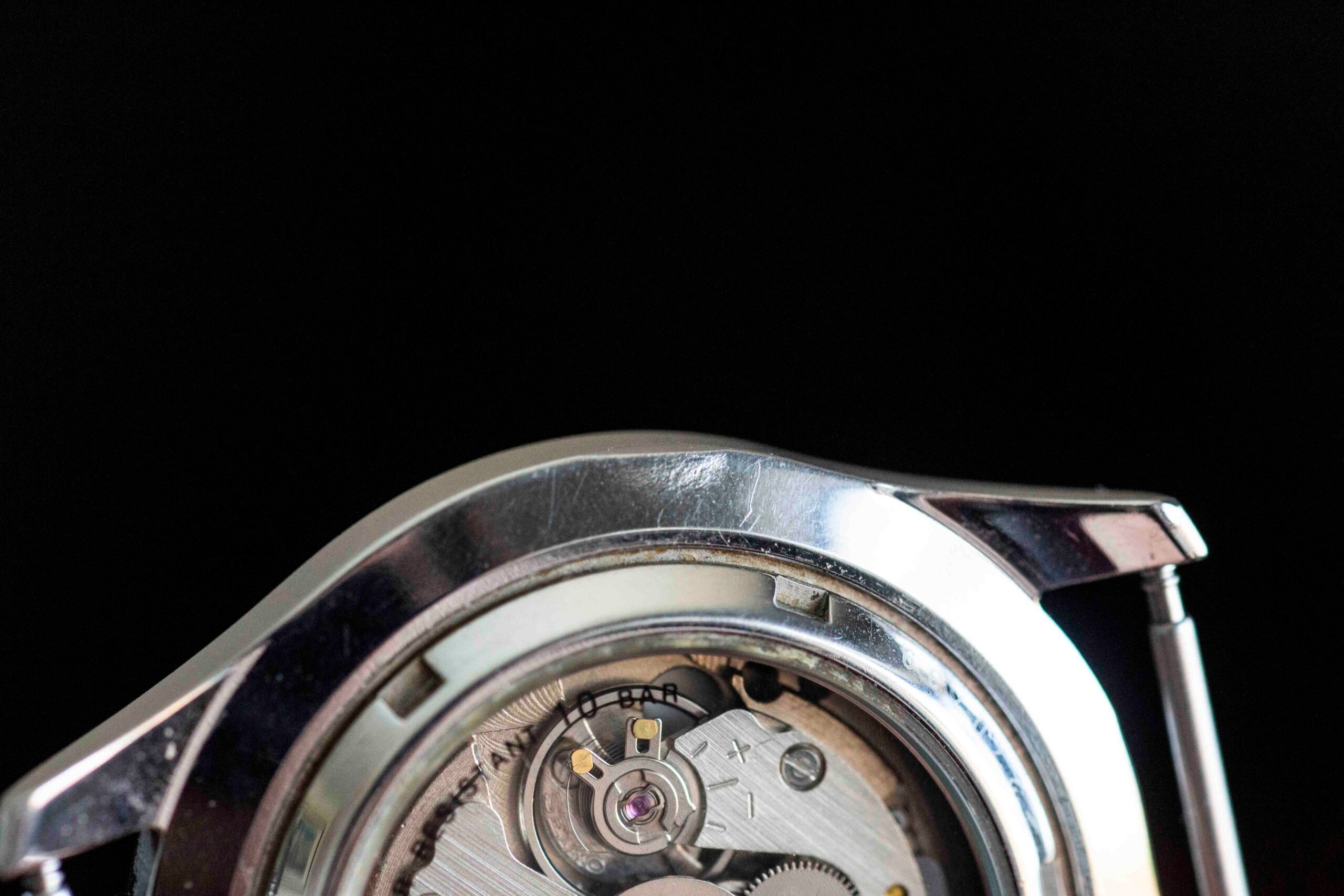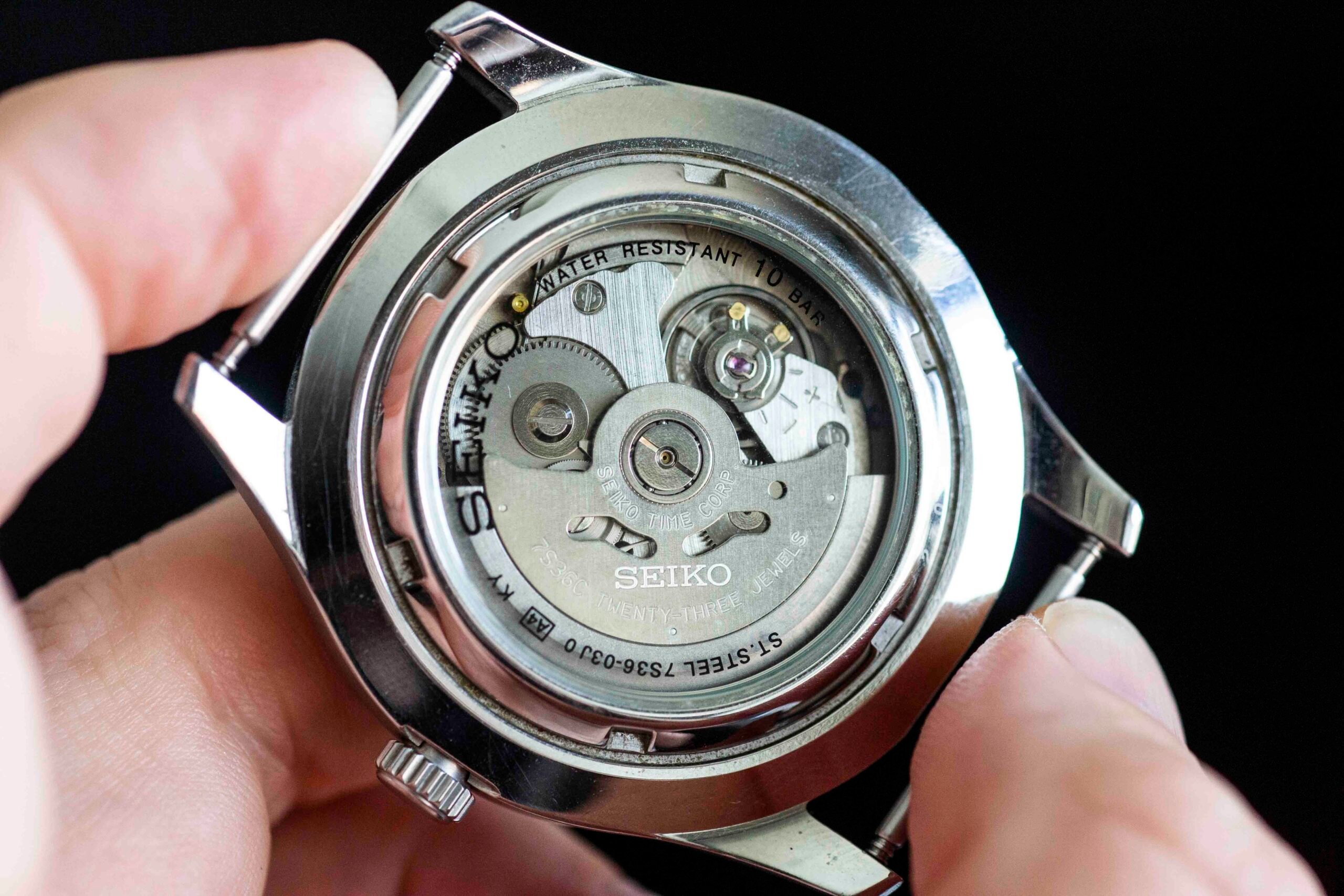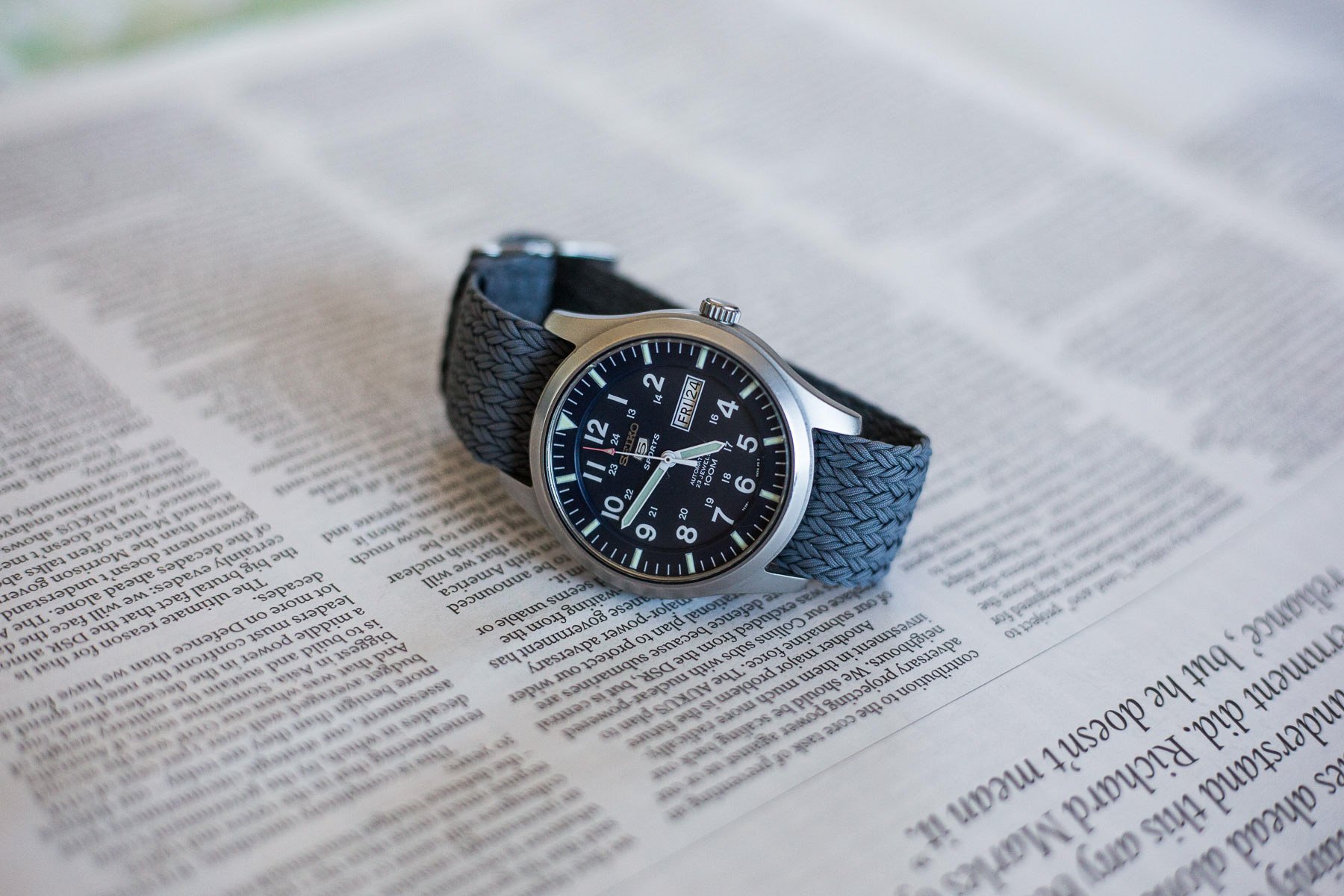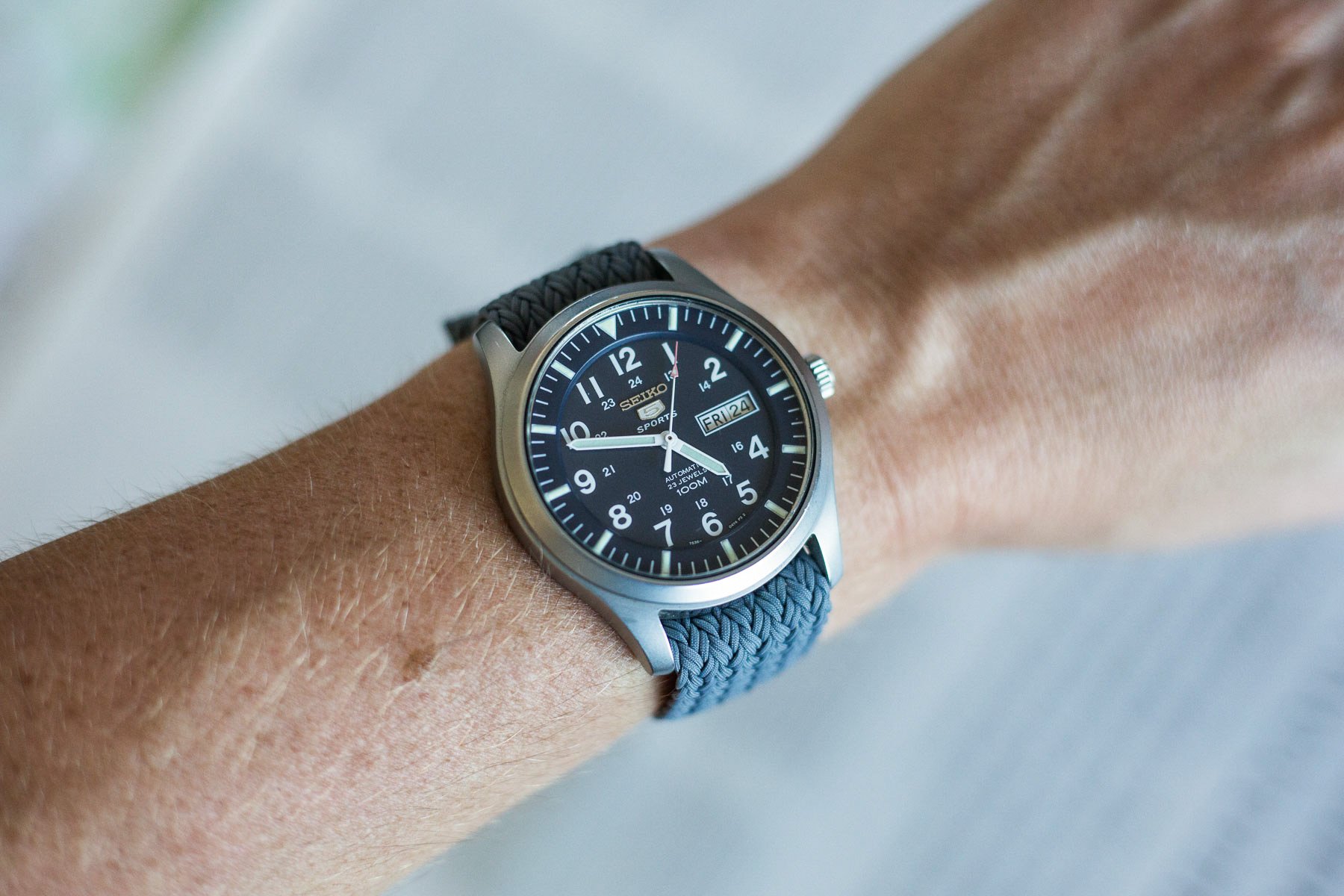Restoring The Seiko 5 That Accompanied Me Across Asia
Seiko 5 is a watch line synonymous with entering the watch hobby. It is full of reliable, affordable, and rugged automatic watches. They’re the epitome of what makes Seiko one of the most significant watch manufacturers in the world and have long been a default choice for an entry-level mechanical timepiece. My first mechanical watch was a Seiko 5 SNZG11. Recently, I had it restored.
The Seiko 5 gateway drug
My first foray into the world of mechanical watches was the Seiko 5 SNZG11. I had received the watch as a gift from my father. I can still remember the joy and wonder I felt when I looked at the display case back and saw the mechanical rotor wobble and bring the Seiko 7S26 caliber to life. I’ve featured this Seiko 5 on Fratello before in its unrestored form.
Up until that point (2013), I had not been into watches — not at all. They had always been something my father was into, and my grandfather, who was born in Schaffhausen, Switzerland, owned and loved IWC watches (his Caliber 89 has come into my mother’s possession). Before leaving Sydney to take a new job as a reporter in Asia, my dad gifted me a mechanical Seiko watch to be my timekeeping companion. That watch was this Seiko 5 SNZG11(J1).
A Seiko for life’s adventures
On the flight to Bangkok (and then to Chiang Mai), I remember casting my eyes over this blue-dialed watch with Arabic numerals and sporty text. Something was reassuring about the metal heft of the watch. I also remember noticing the sound of the winding rotor wobbling. It was my first time seeing, hearing, and experiencing a mechanical watch movement literally in motion. It was a curiosity!
The watch went on to accompany me on an incredibly adventurous time working as a journalist in Southeast Asia, with a brief stint in China. I would wear that watch every day of what ended up being a year-long adventure. My Seiko 5 was a watch that stayed out of the way, wasn’t too blingy, and provided me the time when I needed it.
A worthy companion
The Seiko 5 proved to be incredibly useful in my day-to-day work. Its mechanical caliber was a useful feature on longer trips because the kinetic energy of the movement of my arm was all that was necessary to keep the watch going. The 100m water resistance was also a welcome feature for any unexpected river crossings while chasing a story or accessing areas with no electricity and humidity that blankets you like a sodden presence.
The Seiko 5 would go on to accompany me on some very difficult and, at times, dangerous trips. It never faltered or failed until the very last month of my journey. It faced difficult conditions, including a harsh climate!
The unlucky river crossing
It was one October day when my Seiko 5 came close to being destroyed altogether. I was crossing a river, bound by heavy jungle on either side, as part of covering a story in a remote area in the mountains. There were several river crossings involved, and though physically arduous, the first two went without any real hiccups. The third river crossing, however, was not so smooth.
It wasn’t the largest river I had to cross that day, but it was the trickiest. Shallower than the previous two rivers, it had a faster and more powerful current. We were crossing at a point where the river narrowed, essentially funneling water through at an even faster rate. Under the water, the river bed was particularly rocky and unstable. It absorbed all of my attention, and I couldn’t hear the cries of one of our guides over the sound of the rushing water before it was too late. In the corner of my eye, I saw an orange mass. Mistaking it for some large piece of low-hanging fruit, I didn’t give it too much attention.
An emergency strip
Then, before I knew it, I was covered in large, red ants. I was being bitten, and it was excruciating. Quickly, our team had to strip me down. I had barrelled into a swarm of leafcutter ants. While a leafcutter ant’s bite is not particularly strong, it is incredibly painful because of the presence of formic acid, a natural insecticide the ant uses to protect itself.
Within perhaps 20 seconds, I had stripped, but in the commotion and the flurry of events, I managed to swing my arm hard against a rock protruding out of the river bed. A bottom chunk of the Seiko 5’s case was essentially flattened by the impact, leaving a sizeable dent. The watch kept ticking but was wildly out of time. When I returned to base, I placed the Seiko in a drawer with the intention of getting it fixed on my next assignment in Bangkok. Unfortunately, for various reasons, I never got around to it.
The work required
A few months ago, I finally followed through on something I should have done years ago and sent the Seiko to a specialized watchmaker for an overhaul. This came with instructions to keep all the dents and scratches intact.
The watch was away for a couple of months; this particular watchmaker gets very busy because there aren’t many in the area where I live. Thankfully, when I finally got the call that the watch was ready to be sent back, I was told that everything was now in good order. Some parts had been damaged in the collision with the rock and had needed to be replaced. But the watchmaker told me that the watch was back to life and was keeping better time than ever before.
Concluding thoughts
Now, the Seiko 5 has returned to me, and indeed, it keeps incredible time (now being better regulated than when it left the factory). I plan on wearing it more often as it’s a watch with incredible sentimental value to me.
What about you, Fratelli? Are there any particularly sentimental watches in your collection? I would love to read some of those stories in the comments section.

